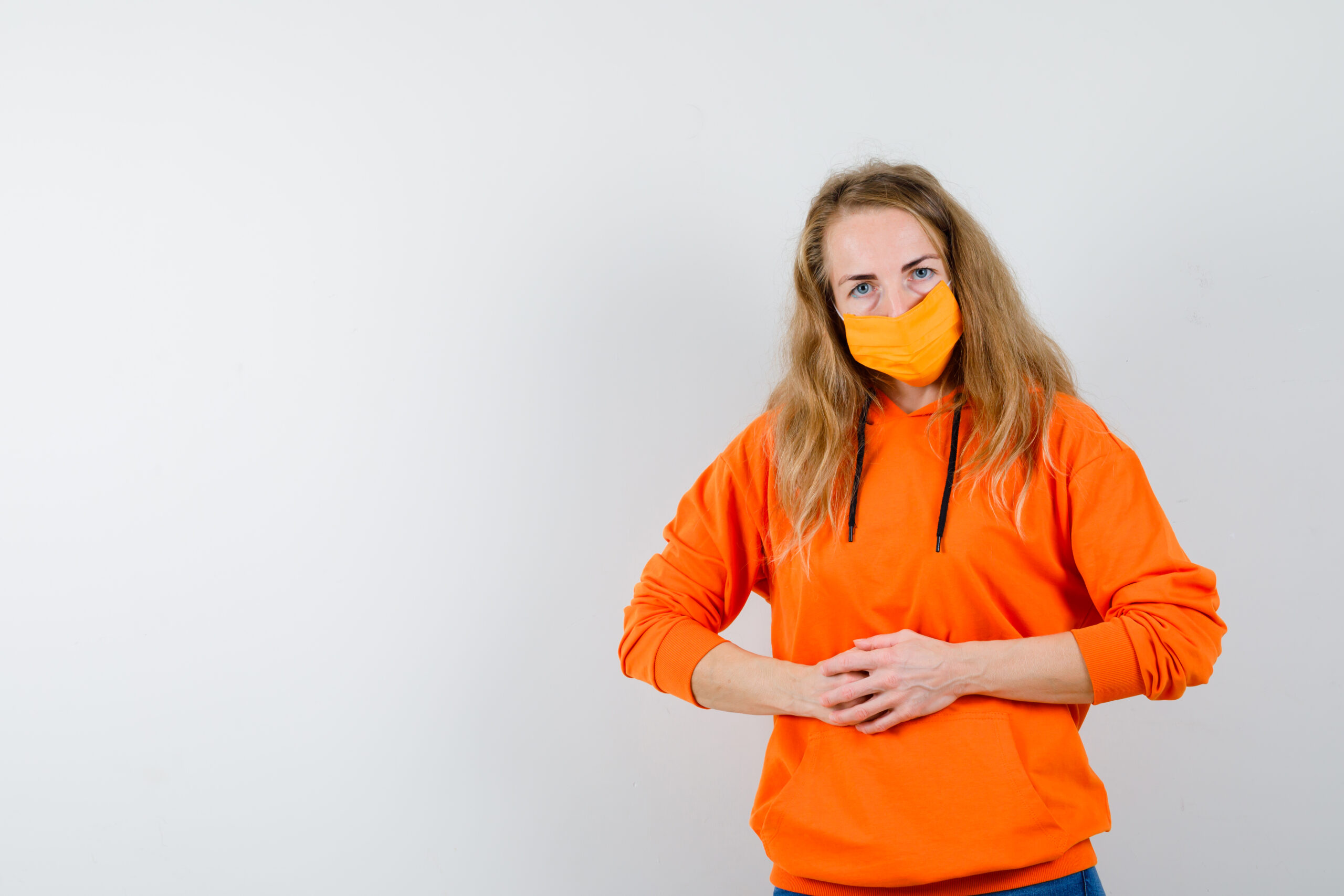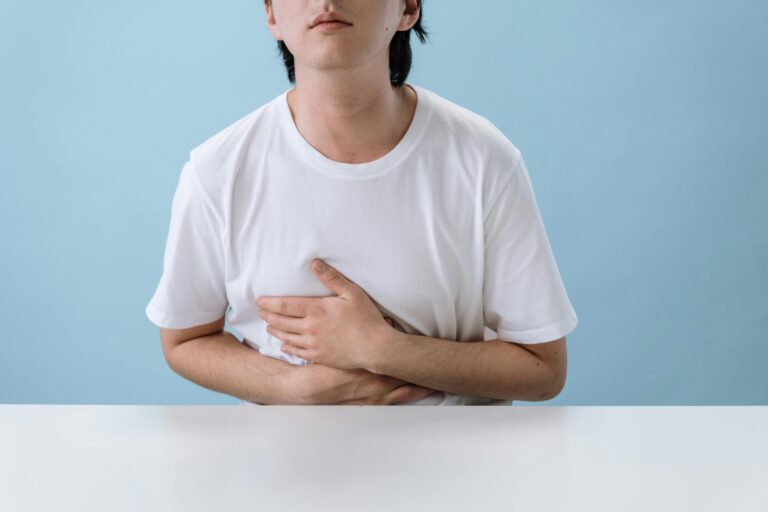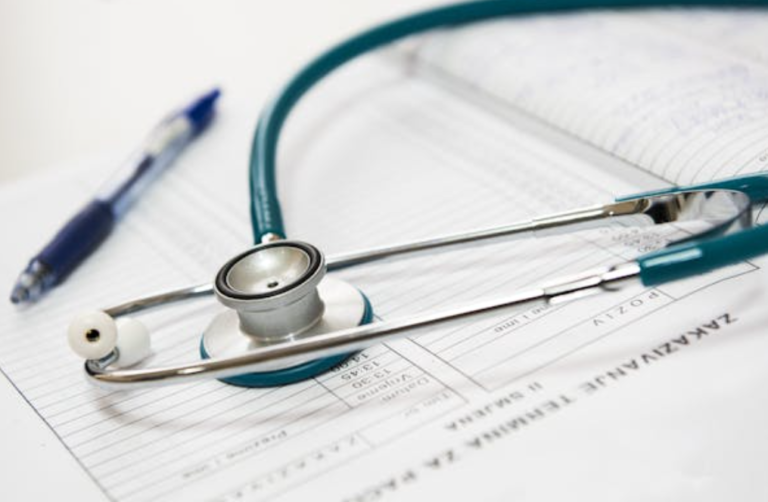Experiencing discomfort after your colonoscopy (post colonoscopy pain)? Learn about normal post-procedure pain, warning signs, and proven relief methods from medical experts in 2025.
Introduction:
Did you know that over 15 million colonoscopies are performed annually in the United States alone? If you’re experiencing discomfort after your procedure, you’re not alone! While colonoscopies are generally safe and routine, it’s completely normal to feel some pain or discomfort afterward. As someone who’s helped hundreds of patients understand their post-procedure symptoms, I’m here to walk you through everything you need to know about managing post-colonoscopy pain and recognizing when you might need medical attention.
Understanding Normal Post-Colonoscopy Discomfort:
After a colonoscopy, it’s perfectly normal to experience some level of discomfort. This typically occurs because the procedure involves inflating your colon with air to allow for better visualization of the intestinal walls. Many patients report feeling bloated or experiencing cramping sensations, similar to gas pains. These symptoms usually peak within the first few hours after the procedure and gradually subside over the next 24-48 hours. The good news is that most people can return to their normal activities within a day, though you might want to take it easy and stay close to home initially while your body recovers.
Common Causes of Post-Colonoscopy Pain:
The discomfort you might experience after a colonoscopy can stem from several factors. The primary cause is usually the air or carbon dioxide used during the procedure, which can lead to bloating and gas pains. Another common source of discomfort is the physical manipulation of the colon during the examination, which might leave your abdominal muscles feeling sore. If polyps were removed or biopsies taken, you might experience additional tenderness at those sites. Some patients also report mild throat soreness if sedation was administered through the throat. Remember, while these sensations might be uncomfortable, they’re generally part of the normal healing process and should improve with time.
Common Causes of Post-Colonoscopy Pain:
The discomfort you might experience after a colonoscopy can stem from several factors. The primary cause is usually the air or carbon dioxide used during the procedure, which can lead to bloating and gas pains. Another common source of discomfort is the physical manipulation of the colon during the examination, which might leave your abdominal muscles feeling sore. If polyps were removed or biopsies taken, you might experience additional tenderness at those sites. Some patients also report mild throat soreness if sedation was administered through the throat. Remember, while these sensations might be uncomfortable, they’re generally part of the normal healing process and should improve with time.
Immediate Relief Strategies:
Let’s talk about getting you feeling better! Walking is one of the most effective ways to relieve post-colonoscopy discomfort – it helps release trapped gas and stimulates normal bowel function. Try taking gentle walks around your home or neighborhood. Applying a heating pad to your abdomen can also provide significant relief from cramping and help your muscles relax. Stay hydrated by sipping clear fluids, and avoid carbonated beverages that might add to bloating. If your doctor has approved it, over-the-counter pain relievers can help manage any persistent discomfort. Many patients find that lying on their left side with knees pulled up towards their chest can help release trapped gas more comfortably.
When to Seek Medical Attention:
While most post-colonoscopy symptoms are normal and resolve on their own, it’s important to know when to contact your healthcare provider. If you experience severe abdominal pain that worsens instead of improving, develop a fever over 100.4°F (38°C), notice more than a small amount of rectal bleeding, or have persistent nausea and vomiting, don’t hesitate to call your doctor. Additionally, if you’re unable to pass gas or have a bowel movement after 24 hours, or if you develop severe bloating that doesn’t improve with walking, these could be signs that you need medical evaluation. Trust your instincts – it’s always better to be cautious when it comes to your health!
Long-Term Recovery Tips:
Your body needs time to fully recover after a colonoscopy, even after the immediate discomfort subsides. For the first few days, try eating smaller, more frequent meals rather than large ones to avoid overwhelming your digestive system. Focus on easy-to-digest foods and gradually return to your normal diet. Stay well-hydrated by drinking plenty of water, which helps maintain healthy bowel function. If you had polyps removed, your doctor might provide specific dietary restrictions or activity limitations – be sure to follow these guidelines carefully. Most importantly, keep track of your recovery progress and maintain open communication with your healthcare provider about any concerns.
Conclusion:
Experiencing some pain after a colonoscopy is a normal part of the recovery process, but that doesn’t make it any less uncomfortable! By understanding what’s normal and having strategies ready to manage discomfort, you can make your recovery period much more bearable. Remember, while most post-procedure pain resolves within a few days, you know your body best. Don’t hesitate to reach out to your healthcare provider if something doesn’t feel right. Here’s to a smooth recovery and taking control of your digestive health! If you found this information helpful, bookmark it for future reference or share it with someone who might need these tips after their procedure.






